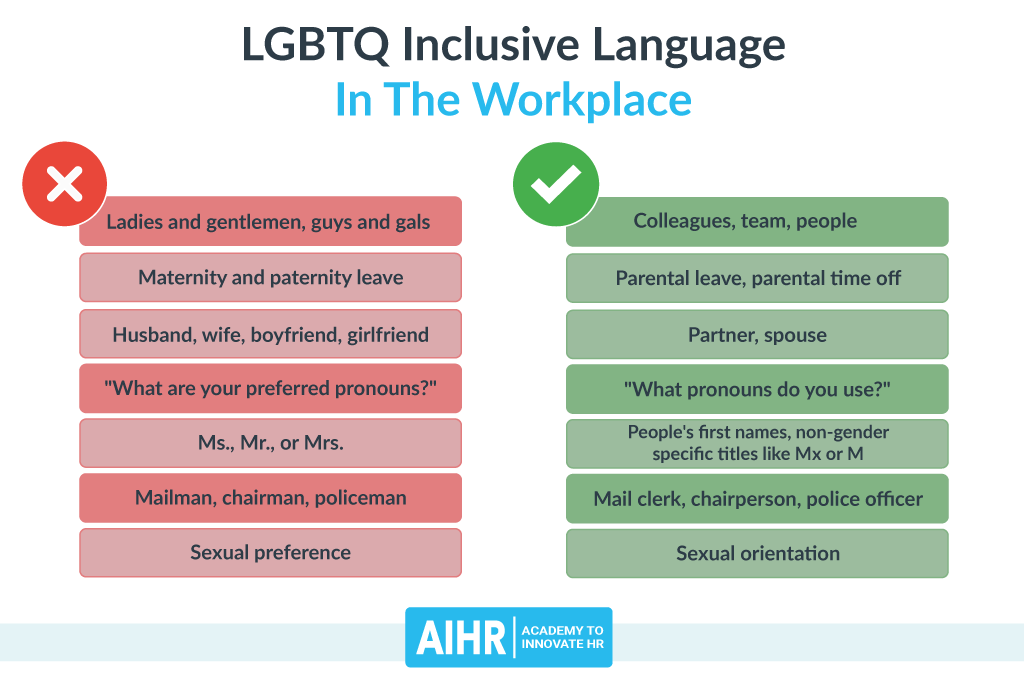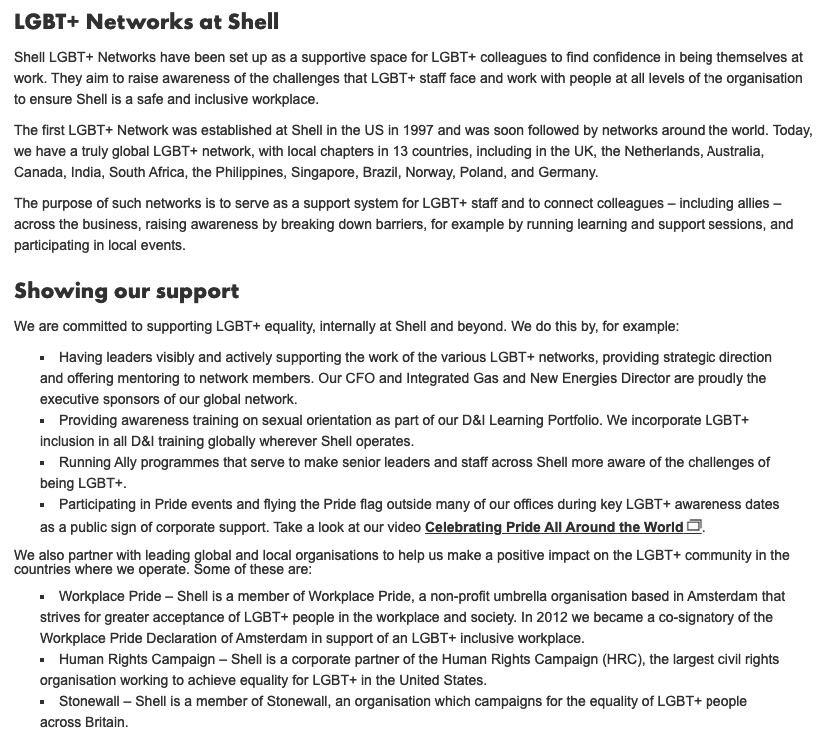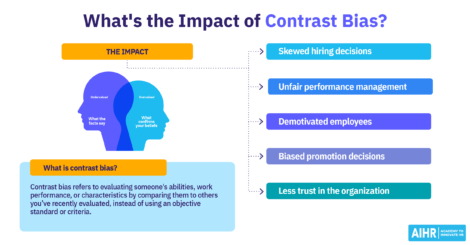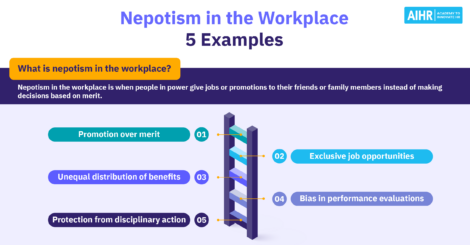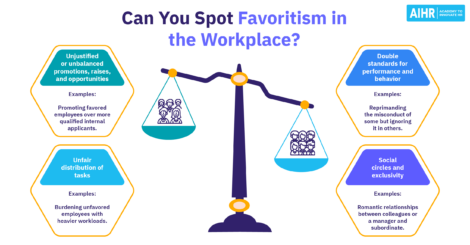A Guide to Using LGBTQ Inclusive Language in the Workplace

An inclusive, respectful work environment is key to empowering your employees of all genders and sexual orientations, and to your organization’s success. Using inclusive language and communication is a big part of this. So how can you make sure you’re using LGBTQ inclusive language in the workplace?
For the purpose of this article, we will be using the term LGBTQ as it is the most widely used. There are multiple other abbreviations that are often used, including LGBT, LGBT+, LGBTQIA, LGBTA, LGBTIQQ, LGBTQ2+.
Contents
What is LGBTQ inclusive language?
The importance of LGBTQ inclusive language in the workplace
Practical examples of LGBTQ inclusive language in the workplace
Tips for HR teams
What is LGBTQ inclusive language?
LGBTQ inclusive language refers to positive word choices that acknowledge and respect the differences and diversity of people in the workplace, including their bodies, genders, and relationships. Although most people refrain from using offensive language, there are many other instances where seemingly innocent everyday language can make people feel uncomfortable and excluded at work.
Using LGBTQ inclusive language in the workplace ensures that all your employees feel respected and included in communications, conversations, and discussions, creating a positive work culture for all.
Language continues to evolve, and it’s important to stay up to date with these changes. That way, you can ensure you are promoting LGBTQ inclusive language throughout your organization at all times.
Understanding the difference between gender, sex, and sexuality
Gender refers to how a person views themselves and interacts with others. A person can identify as male, female, on a spectrum between these, or neither. People express their gender in multiple ways, including through their physical appearance or behavior.
A person’s sex is based on the biology of their anatomical characteristics. Until recently, a common belief was that a person’s sex could only ever be female or male. However, it is now understood that people can be born with variations of both male and female sex characteristics as well as neither.
It’s essential to note that a person’s sex assigned at birth doesn’t have to match their gender identity.
Finally, a person’s sexuality (or sexual orientation) refers to their romantic or sexual attraction to others.
Understanding these differences is key when it comes to using LGBTQ inclusive language at work. Gender, sex, and sexuality should never be assumed.
The importance of LGBTQ inclusive language in the workplace
Statistics show that 31% of LGBTQ people have faced discrimination and micro-incidents while at work. What’s more, 1 in 4 have left a job because they didn’t feel accepted. Therefore it is clear there is a need for LGBTQ inclusive language in the workplace so that all employees feel respected—which is what everyone deserves—and so that you don’t lose your best talent. And while using inclusive language in your workplace communication alone enough to build a workplace where everyone feels like they belong, it’s certainly a good start.
Again, inclusive language is a crucial step in creating a more inclusive workplace, and HR plays an essential role in executing this. A fully inclusive workplace is rare to find today, so if you can be at the forefront of creating a workplace where everyone feels confident and safe to be themselves, it will draw people to working at your organization and growing within it.
Not only that, but your employees are likely to share their positive experiences with their personal network. A good reputation will help bring more talent through your doors and boost your employer brand.
We celebrate Pride for one month each year, but inclusive language and practices are something employers must think about at a foundational level to create a truly inclusive and welcoming workplace environment.
Practical examples of LGBTQ inclusive language in the workplace
It’s important to use LGBTQ inclusive language across all your communications in the workplace. This includes written and verbal communication, one-to-one or group conversations, your policies, and your job postings.
Here are some examples of best practices and what inclusive language looks like.
1. Ladies and gentlemen or guys and gals
Labels like “ladies and gentleman” and “guys and gals” can make people in the LGBTQ community feel excluded because it assumes that all individuals identify as one or the other.
An easy way to use more inclusive language is to swap these for more inclusive wording that focuses on humans, like “colleagues,” “team,” or “people.”
2. Maternity and paternity leave
Maternity and paternity leaves are often listed within job postings on recruitment websites or directly on the company’s website as a company benefit. However, this can be seen as exclusionary based on a person’s sexual orientation or gender identity.
In this instance, it’s more inclusive to use phrases such as “parental leave” or “parental time off.”
Use of the gender-neutral term “non-birthing parent” instead of “father” in a work setting is also increasing.
3. Wife or husband
For example, automatically referring to a male colleague’s partner as “wife” or “girlfriend” and vice versa might make anyone who isn’t heterosexual or identifies as non-binary feel excluded.
Instead of using these terms, replace them with “partner” or “spouse” to adopt more inclusive communication in the workplace.
4. Gender pronouns
Pronouns are one of the ways that people refer to themselves and others.
For example, people who identify as men might use the pronoun “he”. Similarly, people who identify as women might use the pronoun “she”. Non-binary people may also follow the use of these pronouns, or they may not.
Some people may instead use gender-neutral pronouns like “they” and “them”, or “ze” and “zir”.
Although your initial instinct may be to ask an employee what terms they prefer, this implies that there is a choice in the matter, while many people believe it is not a choice.
So, if you need clarity here, it’s best to ask people privately what pronouns they use. For example, something like “Can I ask what pronoun you use?” would be respectful and inclusive.
Generally, it’s best practice to use inclusive terms such as “you”, “they” or “employee” in all communications, including job listings and contracts, unless you directly address an individual and are sure of their personal pronouns.
And what are examples of gender-neutral pronouns from other languages than English?
In 2012, Sweden added a gender-neutral pronoun, hen, to its dictionary, which has since become a part of their everyday language. Meanwhile, the Dutch language has three grammatical genders: masculine, feminine, and neuter. And while there are no official gender-neutral pronouns, non-binary people are frequently adopting hen / hen / hun (“they / them / theirs”) as their pronouns.
5. Addressing a person as Ms., Mr., or Mrs.
Again, terms like Ms., Mr., and Mrs assume a person’s gender. With respect to LGBTQ inclusive language, it’s best practice to use people’s first names when addressing them unless they request to be referred to in another way.
For example, HSBC added multiple non-gender specific titles their customers can use, including Mx and M.
6. Job titles like mailman, chairman, policeman
Many people still use gender-biased terms like “mailman”, “policeman” or “chairman”. This originates historically from when only men were allowed to work in these roles. However, these terms are still in use.
Replace words like these with gender-neutral terms like “mail clerk,” “chairperson,” and “police officer.”
7. Sexual preference
The term “sexual preference” once again implies a preference or choice in the matter, which can alienate many people who identify as LGBTQ.
The correct term here is “sexual orientation” because it is inclusive to the LGBTQ community and heterosexual men and women.
8. Avoid microaggressions
Microaggressions refer to intentional and unintentional behaviors or interactions that can come across as insulting or hostile in the workplace.
Sometimes, these microaggressions can be so ingrained in society and day-to-day interactions that some people believe they are harmless. However, psychologist Dr. Derald Wing Sue states that being on the receiving end of microaggressions like these can negatively affect a person’s mental health.
Here are some examples of microaggressions that can occur in the workplace:
- Physically distancing yourself from someone in the LGBTQ community.
- Using insensitive and insulting phrases like “gay” as a substitute for “bad” or “stupid.”
- Assuming or misusing a person’s pronouns
- Openly expressing beliefs that are offensive to the LGBTQ community, e.g., “homosexuality is a choice.”
Tips for HR
Here are some guidelines HR teams can follow and implement to encourage inclusive language in the workplace.
- Establish anti-discrimination and anti-harassment policies that are clear, all-encompassing, and implemented across the organization so that the workplace is a safe and comfortable environment for everyone. Your non-discrimination policy reflects your organization’s commitment to inclusion and equal treatment.
- Offer training and education on inclusive language and behavior where possible for all employees, particularly managers and leaders. This can include workshops, bulletins, email communications, conferences, and on-site and remote training.
- Avoid making assumptions with regards to an employee’s gender, sex, or sexual orientation. Use gender-neutral terms unless you know a person’s specific situation and pronouns.
- Lead by example. If you want to foster an inclusive environment, be sure to use LGBTQ inclusive language within all your written policies and communications, as well as in day-to-day verbal conversations.
- Create your own set of bias-free language guidelines and make them easy to access for all employees. For example, you can publish the guidelines through on company’s e-portal or internal wiki. Employees can refer to this document whenever they need to ensure bias-free language throughout communications.
- Utilize technology to assist you. Did you know that Textio, Ongig Text Analyzer, Gender Decoder, and Microsoft Word have features to check for inclusiveness in a text? Of course, technology is not perfect and will likely not pick up on subtle biases. That’s why it’s still vital to thoroughly check all written communications such as job listings and contracts to ensure they are inclusive and respectful.
- Add an LGBTQ inclusive statement to your career page and your job descriptions. In addition to using inclusive language throughout your career site and the job listings, it’s also a great idea to include a statement sharing your inclusive approach. This is a way to let the LGBTQ community know that you are supportive and respectful of all gender identities and orientations. For example, something like “we are an LGBTQ friendly organization and encourage all gender identities and orientations to apply for this role” would be compelling. It will also help strengthen your employer branding strategy.
Shell has a dedicated page about supporting LGBT+ talent at their organization. They explain in very concrete terms how they’re doing this, showing that they really walk the walk.
- Apologize for mistakes and commit to doing better. We are all human, and mistakes are inevitable. So, when they do happen, apologize and make a conscious effort to improve next time. For instance, if an email goes out with gender-biased language, send a short email acknowledging this along with your commitment to do better next time. At the same time, avoid dwelling on mistakes and continually apologizing for the same incident. This may end up shifting the attention to you or making the person in question feel more uncomfortable.
LGBTQ inclusive language is essential to create a safe and supportive workplace
As you can see, using inclusive language at work is a key part of making sure all your employees feel safe, supported, and respected at work. HR has an integral role in setting an example in how they communicate verbally to employees and in writing. Use this article as a guide to creating a more inclusive workplace and ensure you continue to deepen your learning and development on this subject and feed this back into your organization.
Weekly update
Stay up-to-date with the latest news, trends, and resources in HR
Learn more
Related articles
Are you ready for the future of HR?
Learn modern and relevant HR skills, online





